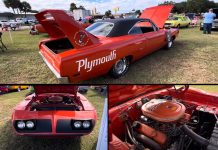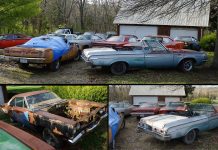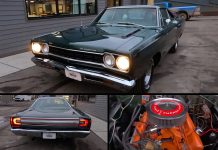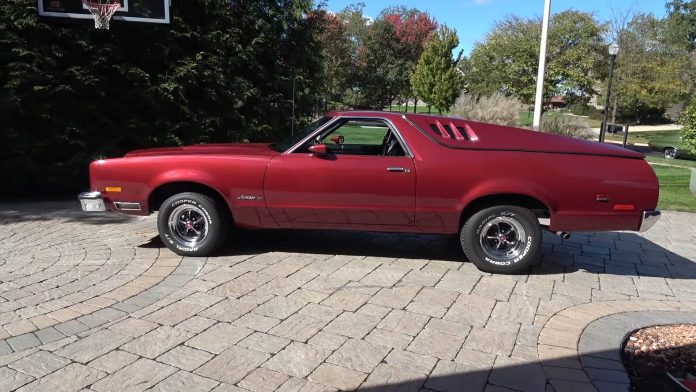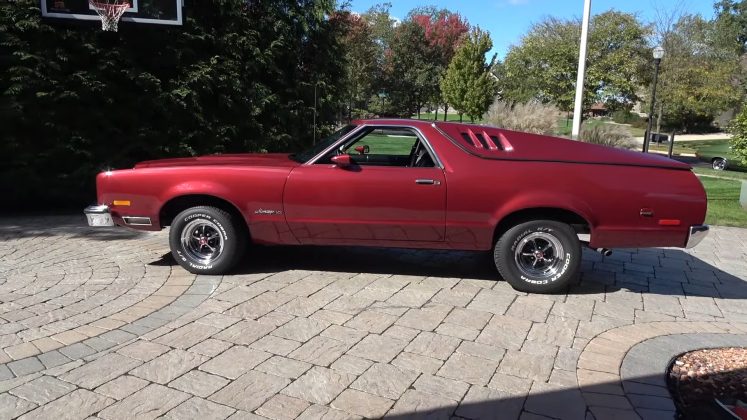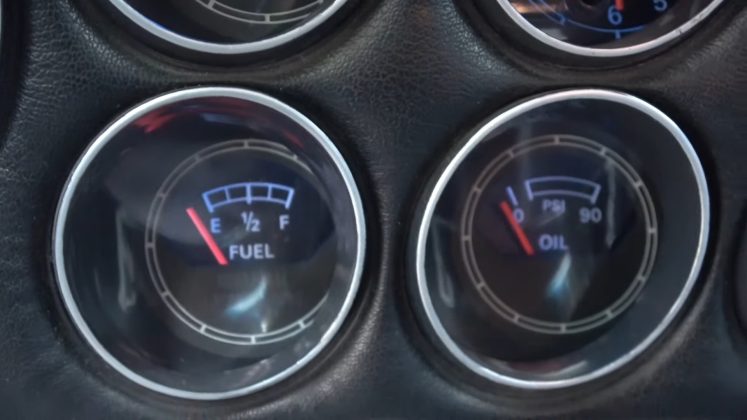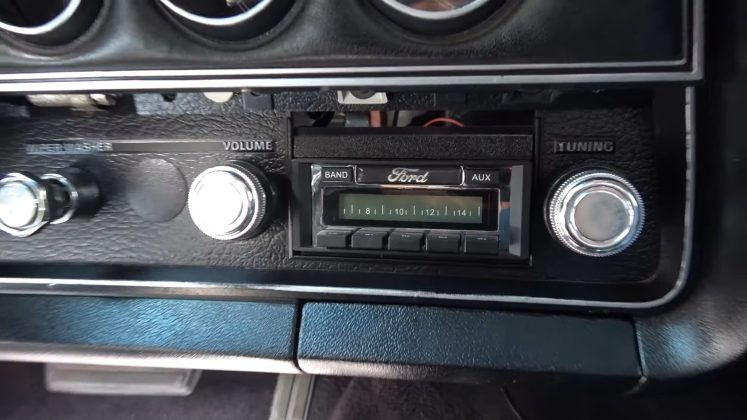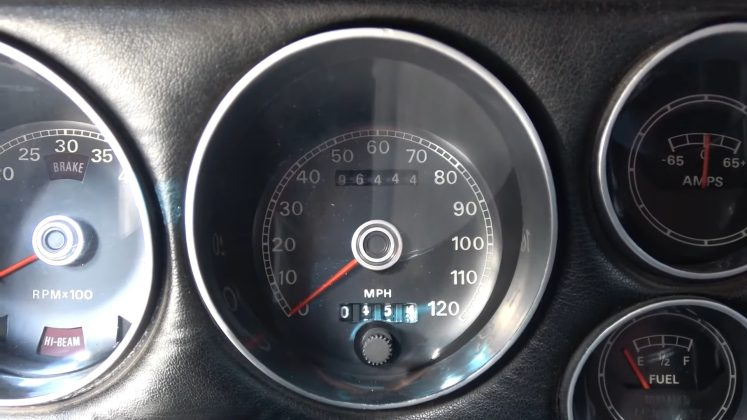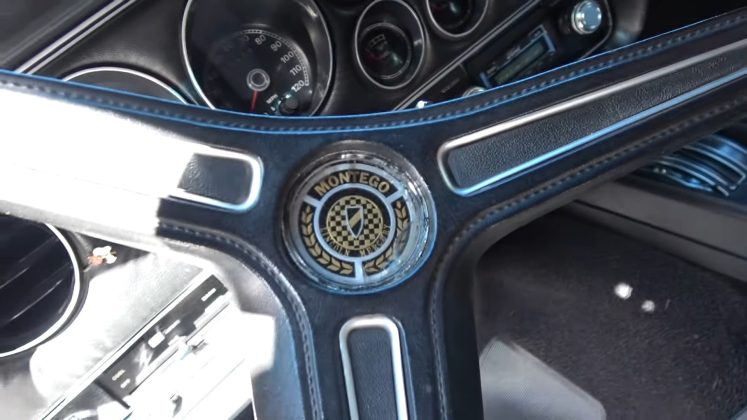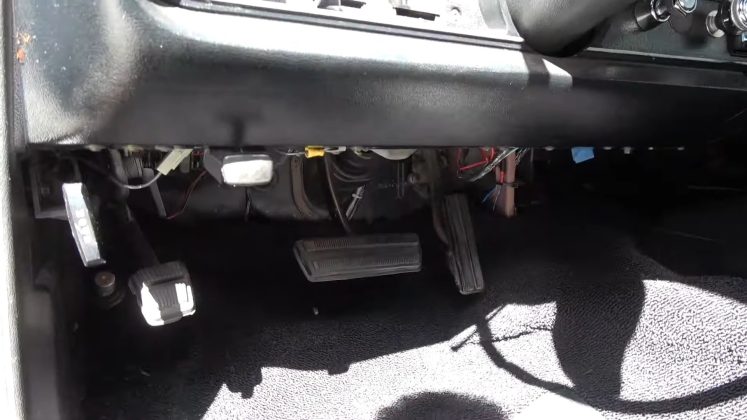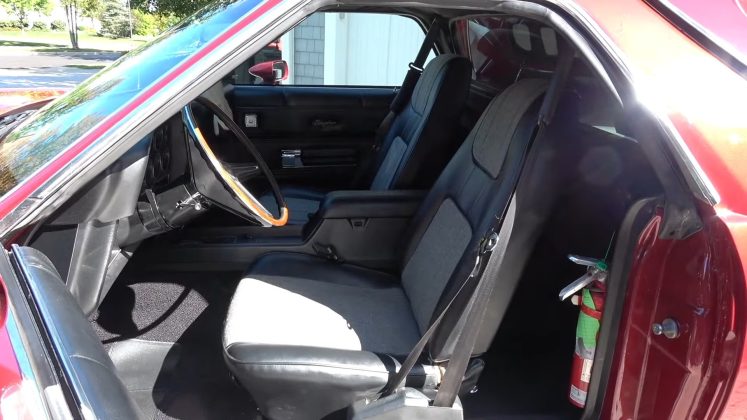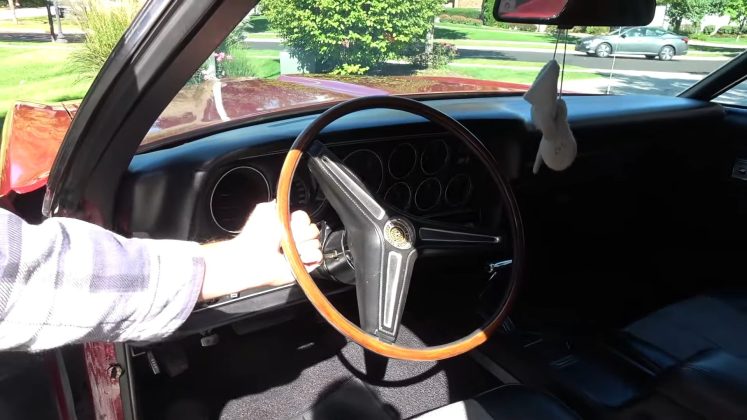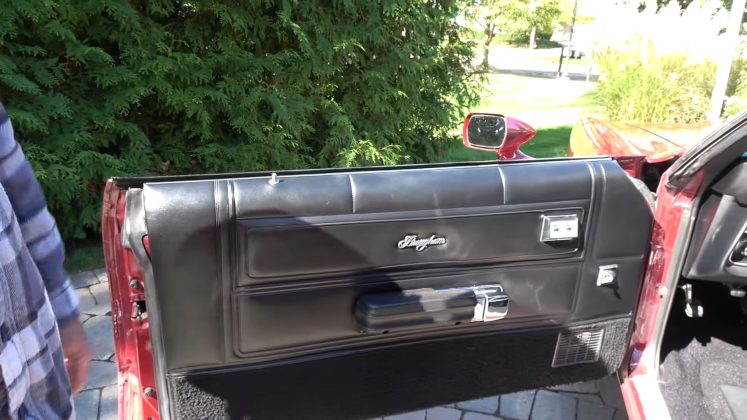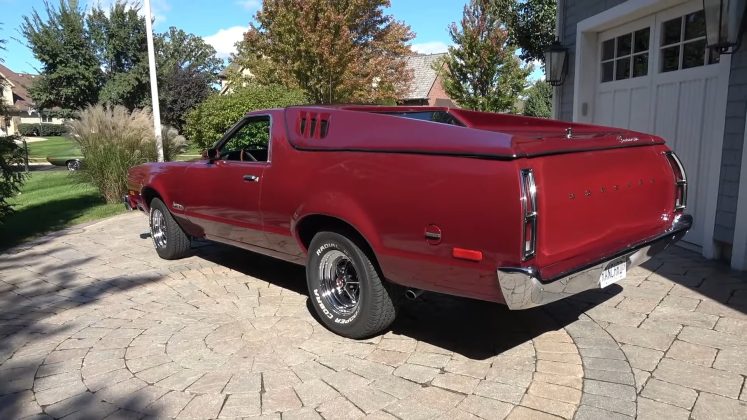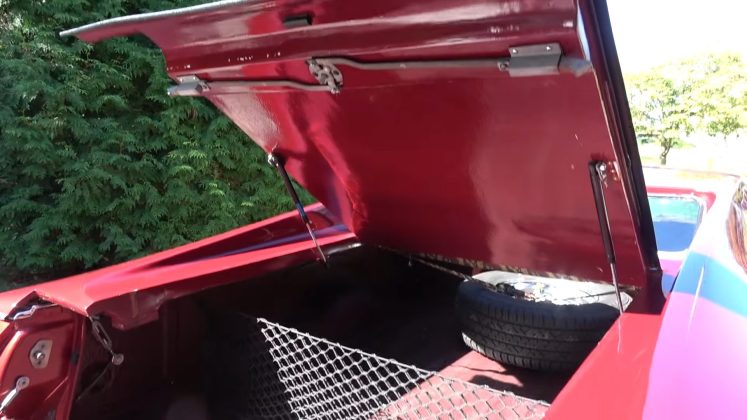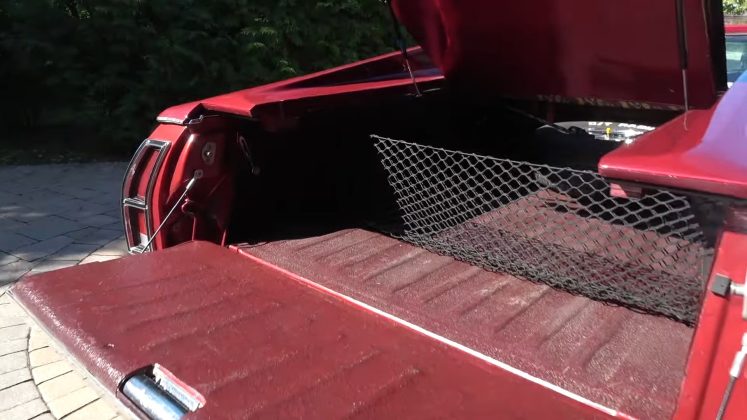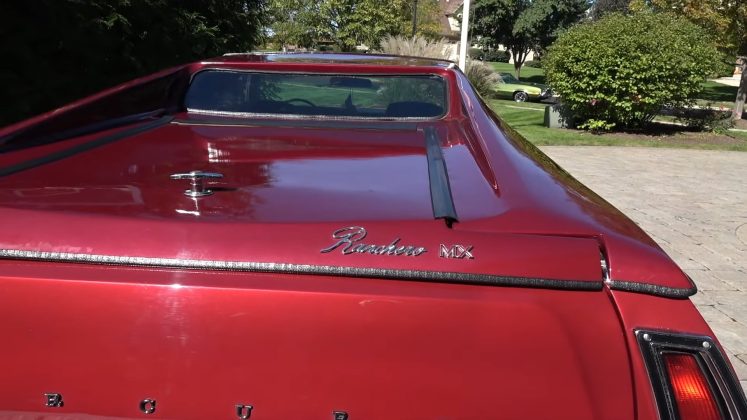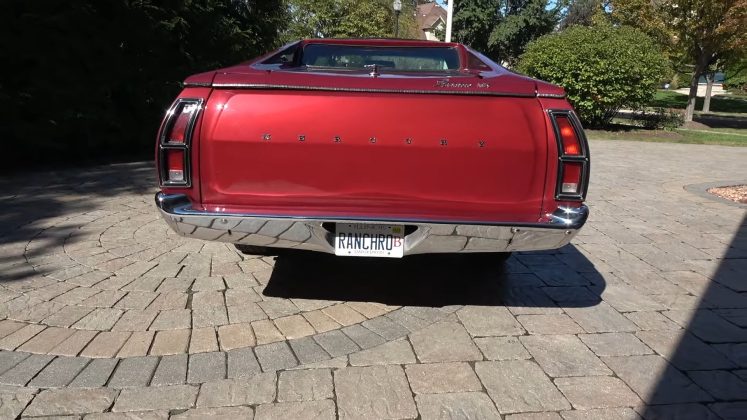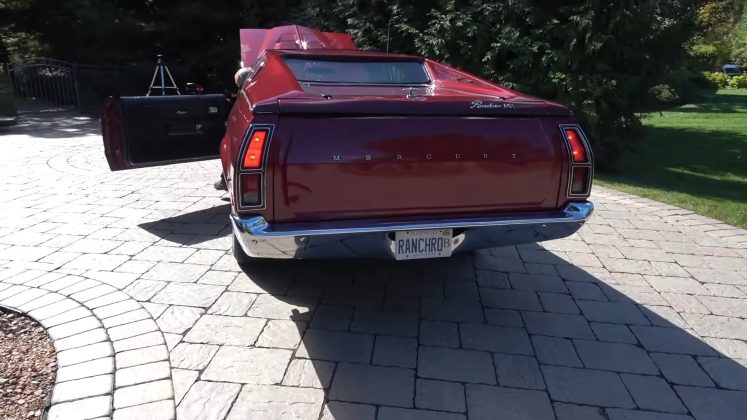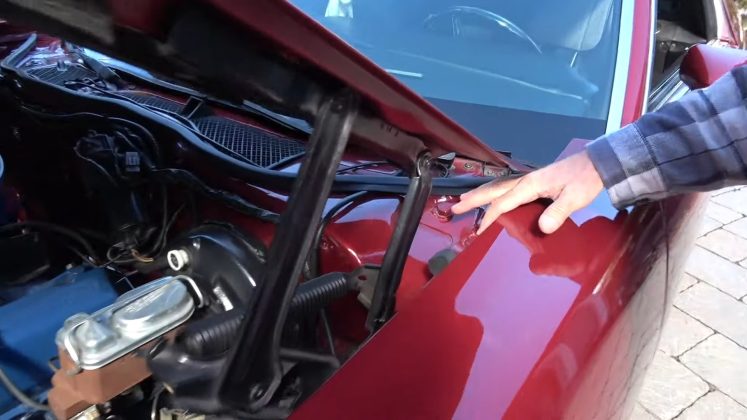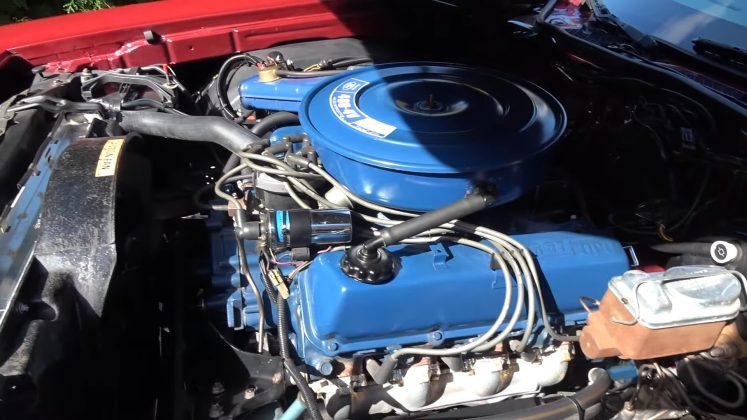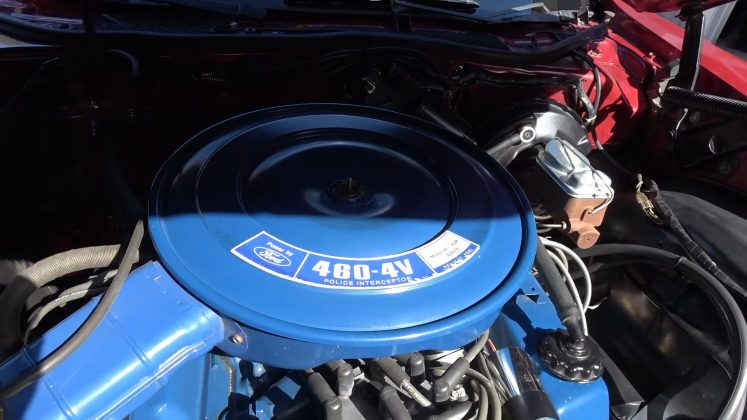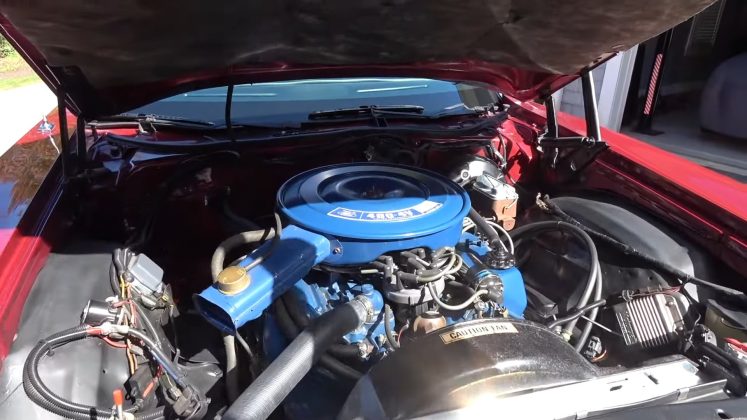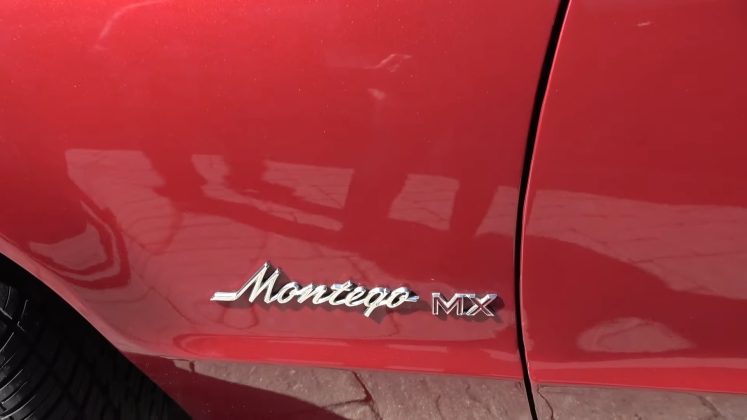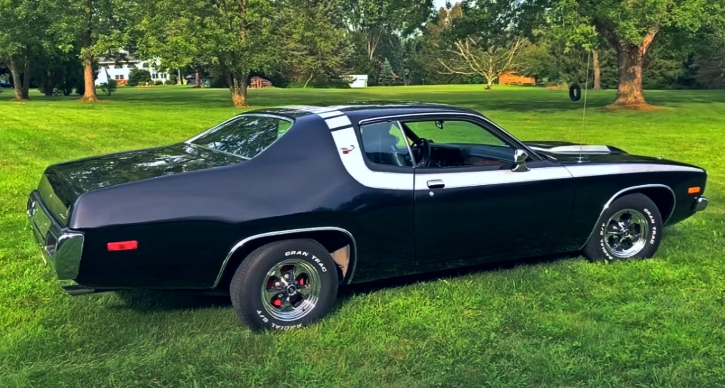Unveiling the Ute Legacy
The ute, a versatile vehicle with a sedan front and a utility bed at the rear, has a fascinating history rooted in the car industry Down Under. Originating in the early 1930s, Ford of Australia pioneered this design, crafting a rugged yet stylish car capable of both livestock hauling and Sunday church trips. This innovative concept laid the groundwork for future adaptations in the American automotive landscape.

In 1956, Ford Motor Company introduced the Ranchero, a two-seat sedan seamlessly integrated with a functional bed. Over the years, it became an iconic American vehicle, producing over half a million units until its discontinuation in 1979. Meanwhile, the Mercury division rolled out the Montego, a luxurious counterpart aimed at a wealthier clientele, during the same era, adding diversity to Ford’s lineup.

In 1988, a car enthusiast named Dan Romanoski sought to elevate the style of his 1979 Ford Ranchero. Unimpressed with its design, he envisioned a more high-end look and found his solution in the 1973 Mercury Montego MX. What followed was the creation of a one-of-a-kind vehicle that seamlessly merged the two distinct models into what would be known as the Mercury Montego MX Ranchero, or simply, the ‘Monchero.’

Combining the Ranchero and Montego MX proved surprisingly straightforward for Romanoski. The interchangeability of panels, owing to the similarities between Ford models of that era, allowed for a seamless integration. A testament to this compatibility is that only one additional hole needed to be drilled to secure the fusion. The resulting vehicle appeared as if the front clip of the Mercury had been purposefully designed to complement the Ranchero body.
Powering the Monchero: A Customized Heart
The fusion extended beyond aesthetics, delving into the powertrain. Dissatisfied with the engine options from both the 1973 Montego and the 1979 Ranchero, Romanoski opted for a 1968 big-block, the 460-4 Police Interceptor. This powerhouse, boasting 365 horsepower and 388 lb-ft of torque, coupled with a three-speed automatic transmission, transformed the Monchero into a unique and potent creation.

Captured in a video by classic car vlogger Lou Costabile, the Monchero showcases not only its powerful exterior but also interior features inherited from its Mercury lineage. The gauges and seats from the Montego MX contribute to the vehicle’s distinctive character. Additionally, Romanoski’s personal touch is evident in the custom deck lid he fabricated, further solidifying the Monchero’s status as a truly interdivisional mule.
# FAQs
**Q1: What inspired the creation of the Monchero?**
A: Dan Romanoski’s dissatisfaction with the styling of his 1979 Ford Ranchero led him to envision a more high-end look, prompting the fusion with a 1973 Mercury Montego MX.
**Q2: How challenging was the fusion process?**
A: Surprisingly straightforward. The interchangeability of panels between the Ranchero and Montego MX, owing to the similarities in Ford models of that era, made the fusion relatively uncomplicated.
**Q3: What engine powers the Monchero?**
A: Dan Romanoski chose a 1968 big-block, the 460-4 Police Interceptor, boasting 365 horsepower and 388 lb-ft of torque.
**Q4: Are there interior elements from both the Ranchero and Montego MX in the Monchero?**
A: Yes, the Monchero features gauges and seats from the Mercury Montego MX, contributing to its unique interior.
**Q5: Who documented the Monchero in a video?**
A: Classic car vlogger Lou Costabile captured the Monchero in a video, providing a detailed look at its exterior and interior features.



